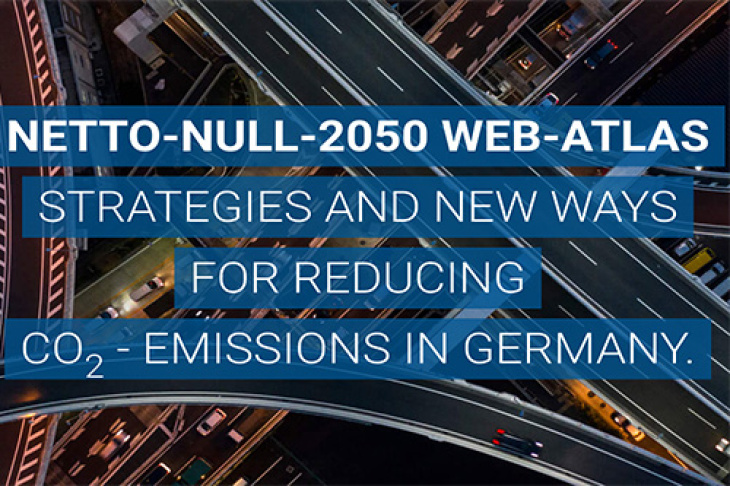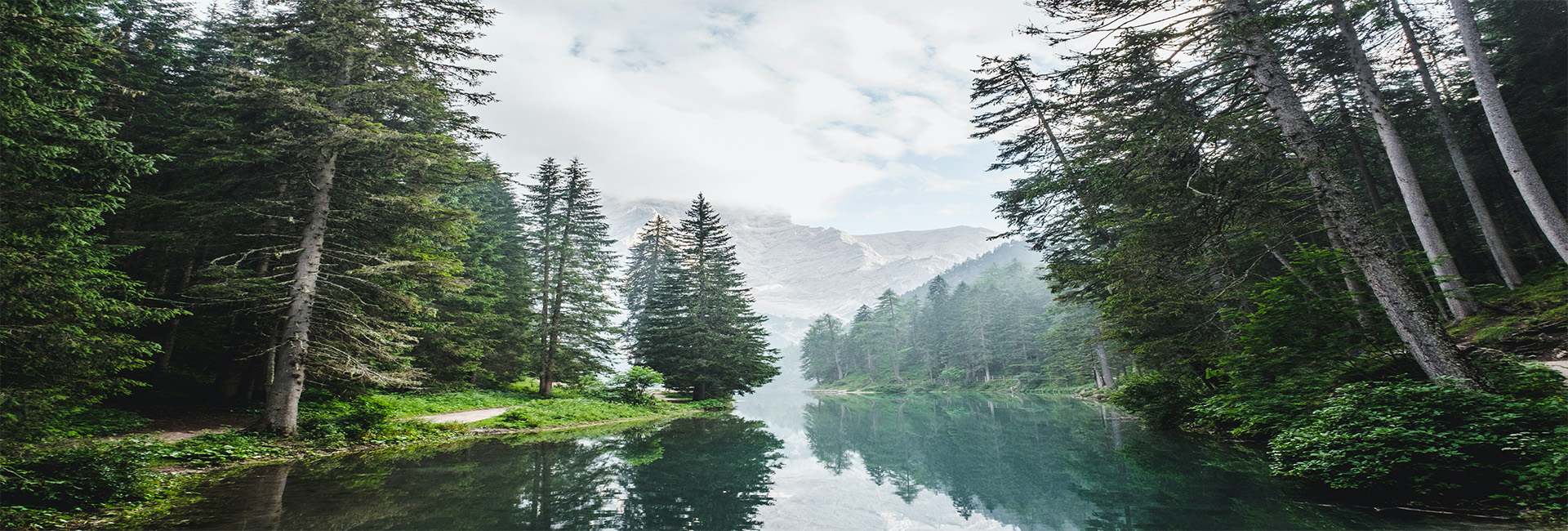What options does Germany have on the path to CO2 neutrality?
Which technical and nature-based options as well as political decisions can support Germany in becoming CO2 neutral? This question is answered by the new Web Atlas of the Climate Service Center Germany (GERICS) at Helmholtz-Zentrum Hereon. It will be presented to the public on November 17, 2021, at the Dialogue Conference of Helmholtz Climate Initiative in Berlin. The new tool is aimed at to address politicians, experts and the interested public.

Photo: Hereon/ Screenshot Web-Atlas
As part of the Helmholtz Climate Initiative, which started in July 2019, the Netto-Null-2050 project has been looking at which technological and decision-support levers are needed in order to be CO2 neutral by 2050 at the very latest. The Netto-Null-2050 Web Atlas developed in the project presents a summary of the project's results. It shows, for example, the storage potential for carbon dioxide in our natural areas which has yet to be used. It also presents methods for filtering CO2 out of the atmosphere and shows how much CO2 could be stored underground in Germany.
Presented in a clear and easy-to-understand manner, the Web Atlas enables users to obtain information at different levels of detail, depending on their interests. The content of the atlas is presented in such a way that the depth of information can be varied, making it quick and easy for users to find the information they need. Graphically contrasting visual labels indicate the three information levels "Overview", "Practice", "Background".
Showcase of Science
"The Web Atlas is about digital knowledge transfer," says Daniela Jacob, director of GERICS. "It acts as a showcase for the research contributions of ten Helmholtz centers that have contributed their expertise to the Net Zero 2050 project." It will be launched in parallel with the Dialogue Conference on November 17. It is designed as a "living document" so that new results and updates can be added at any time.
The atlas is divided into four main chapters: Technological Lever, Decision Support Lever, Roadmaps under the United Nations Framework Convention on Climate Change (UNFCCC) and Partner Centers of Net Zero-2050. "The contributions of our partners are presented in two different formats such as geo-referenced maps with explanatory text or as a picture story with accompanying text. The three different information levels are marked in each case," explains Swantje Preuschmann from GERICS, who is leading the Web Atlas project. "On the one hand, the atlas should convey scientifically based facts, but on the other hand, it should also be intuitive and playful to experience."
Initiate dialog and knowledge transfer
The tool is primarily intended to contribute to a broad dialog in society and to facilitate the transfer of knowledge from science to actors in politics, public administration and other "climate-relevant" decision-makers. The current scientific findings of the ten Helmholtz institutions compiled and processed on this platform are intended to help make Germany CO2-neutral by the middle of this century. The web atlas will be joined by a comprehensive final document at the beginning of next year.
Further Information
Contact
GERICS (Climate Service Center Germany)
Helmholtz-Zentrum Hereon
Communication and Media
Helmholtz-Zentrum Hereon
